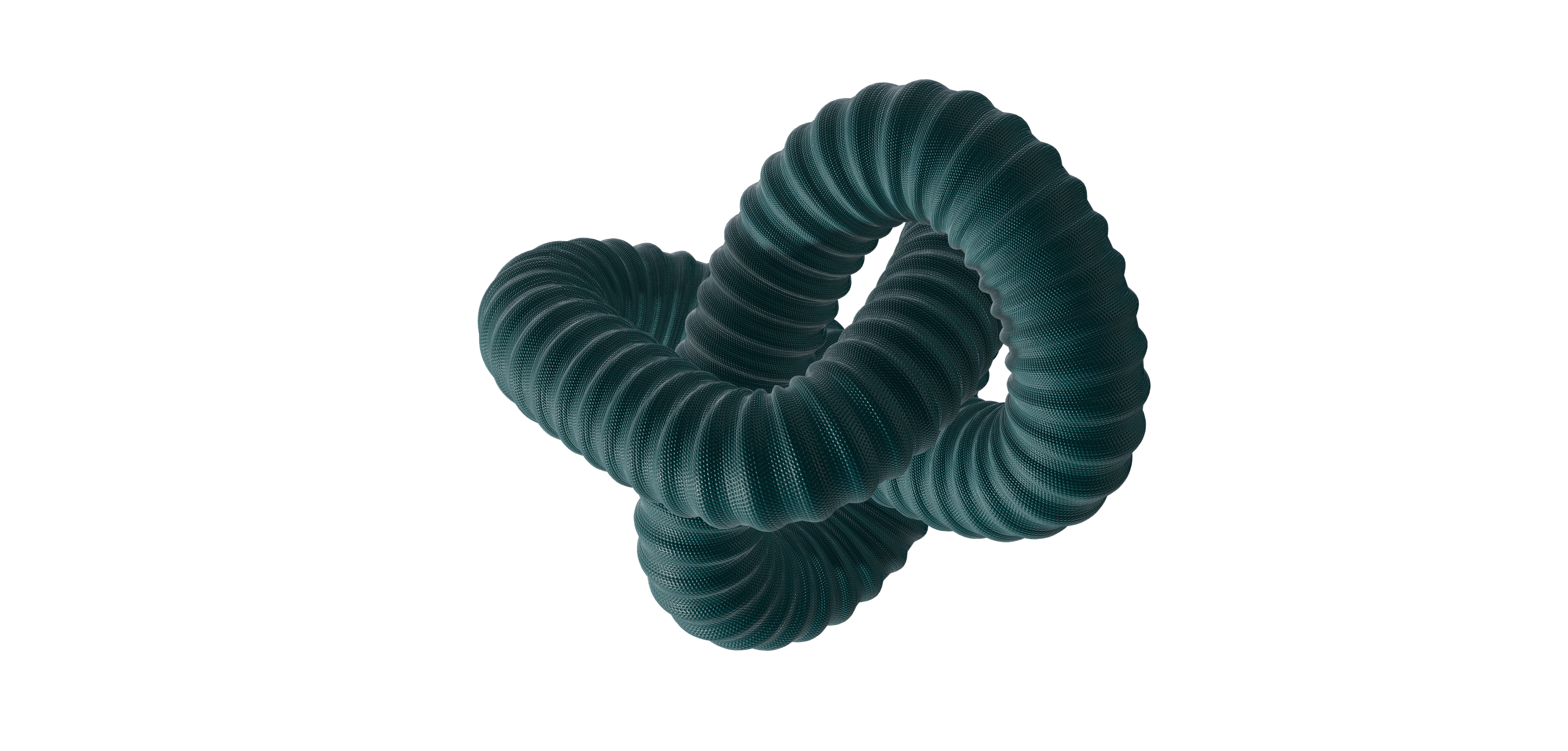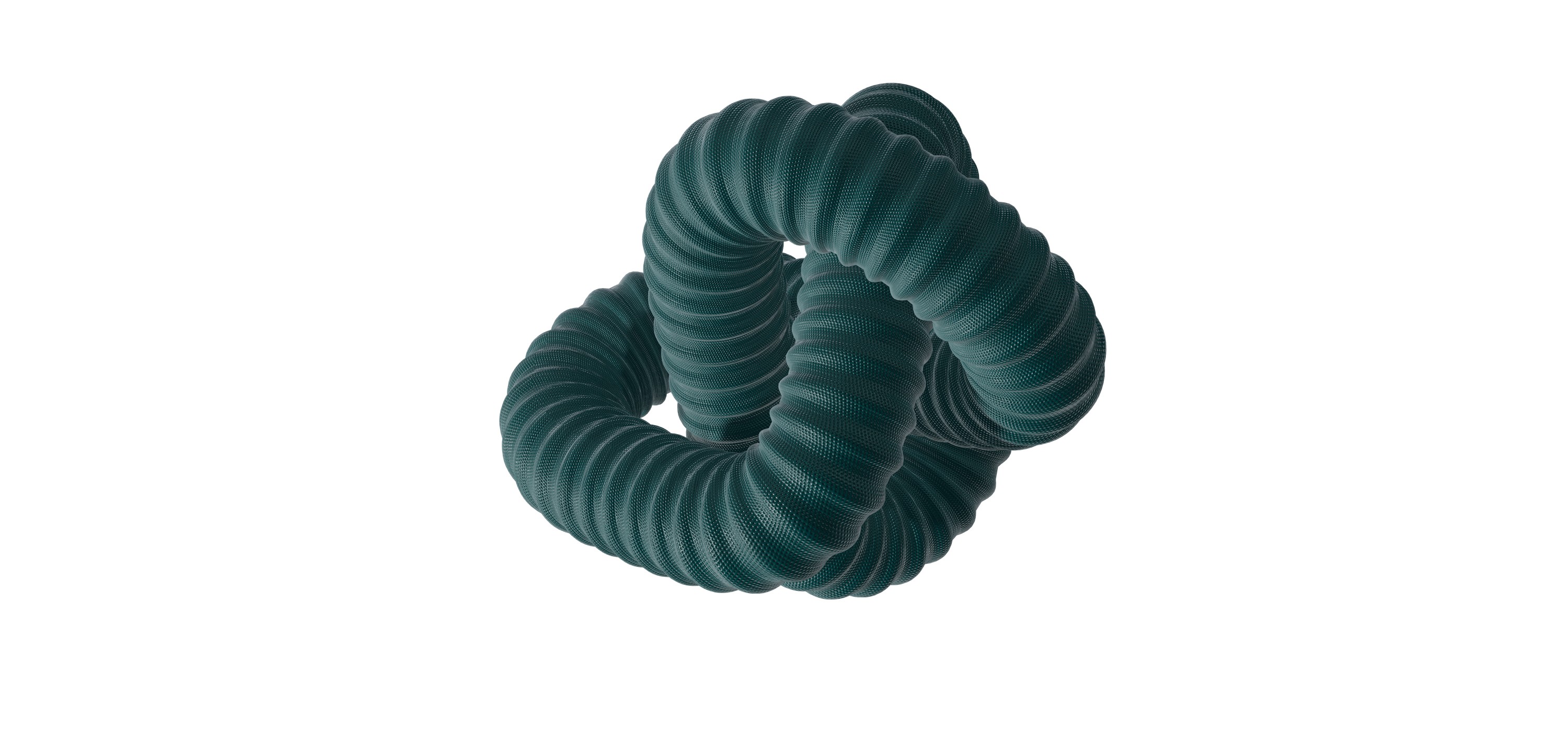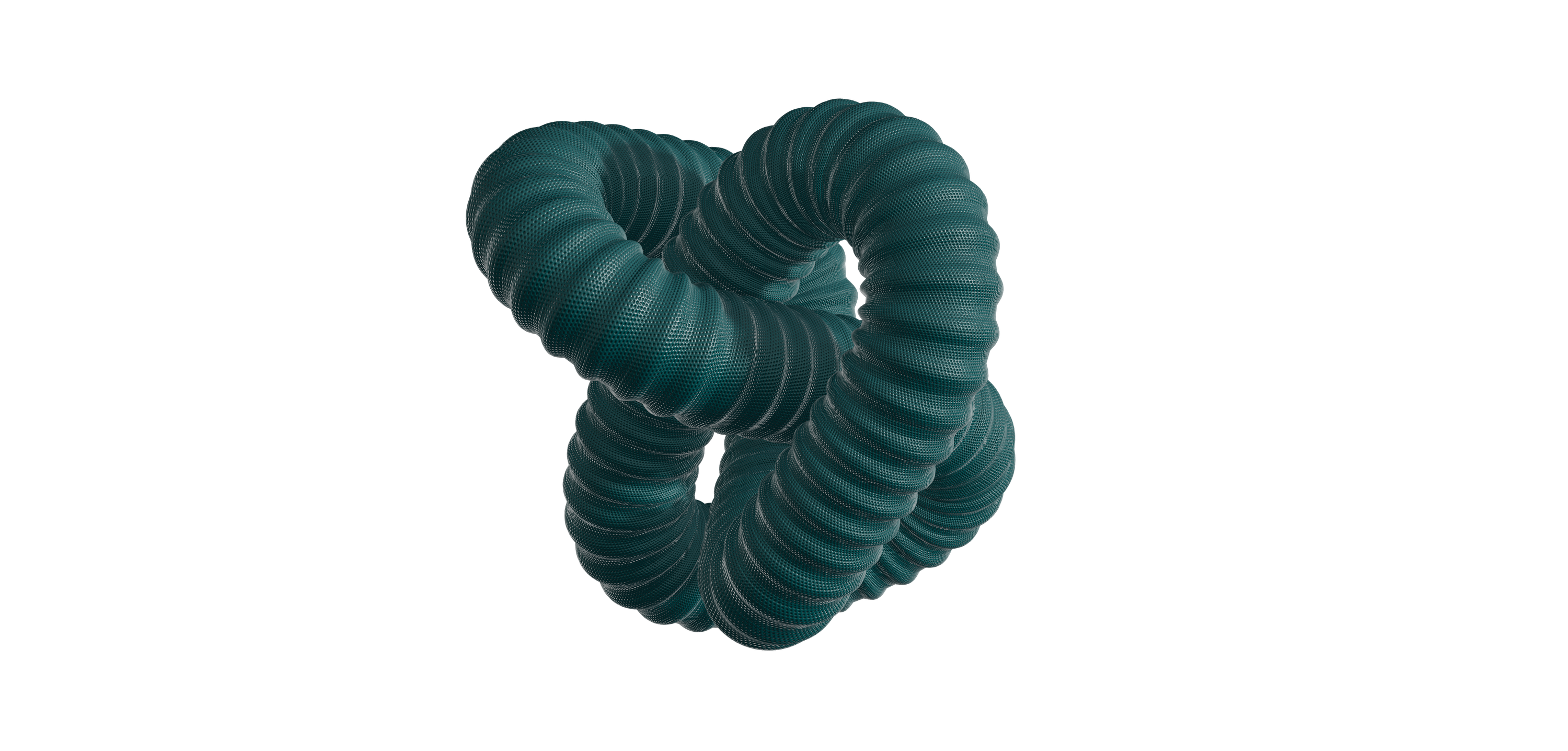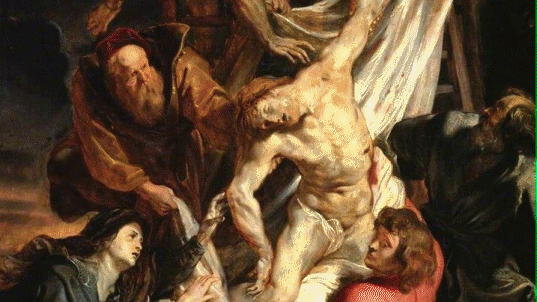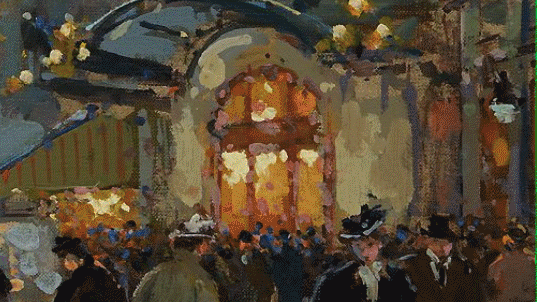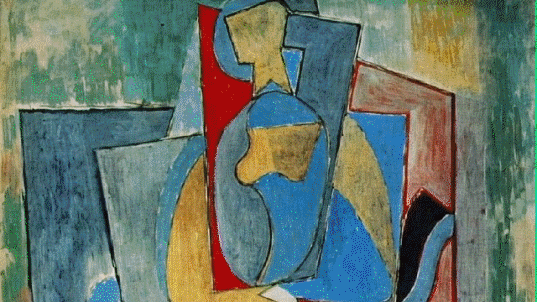a t-shirt, shoe, or a bag
for something other than
just the looks?
offer something beyond
its surface?
ABSOLUTELY.
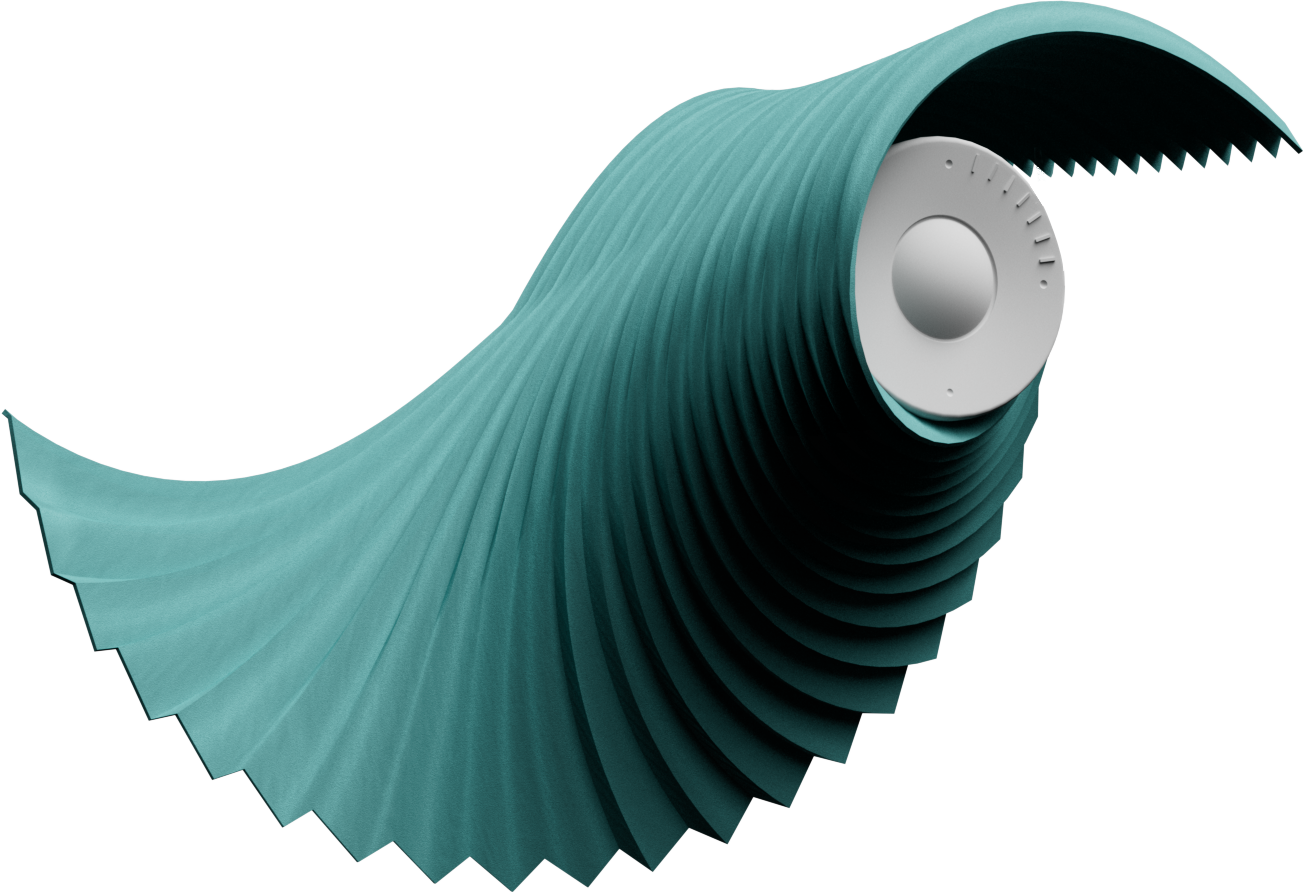
COUTURE
couture, the future
of fashion.
a t-shirt, shoe, or a bag
for something other than
just the looks?
offer something beyond
its surface?
ABSOLUTELY.
COUTURE
couture, the future
of fashion.

begin at
the begin-
ning.
its core, it’s about self-expression.
and accessories to reflect our
internal states, and they, in turn,
affect how we feel in a way that
is unmatched by other products
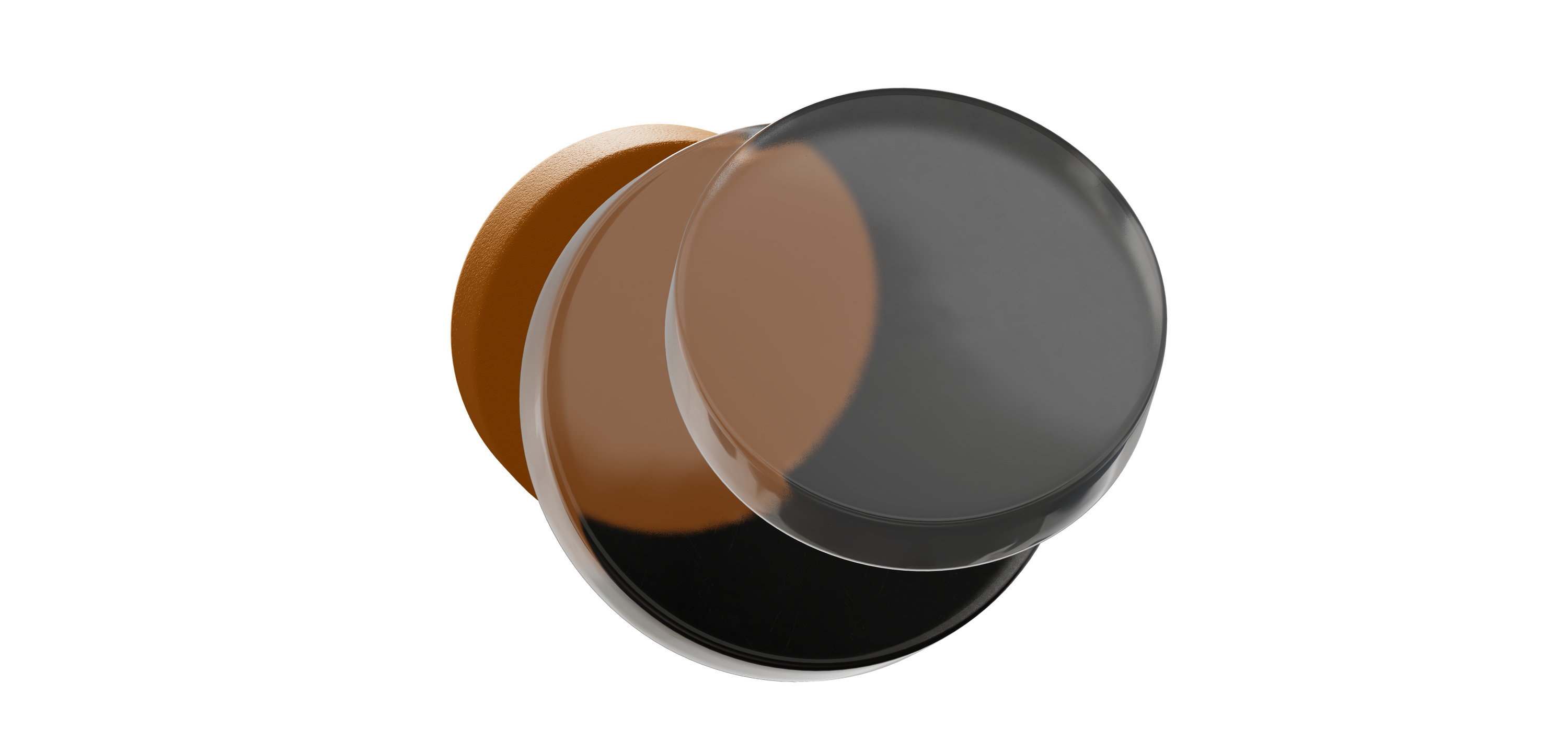
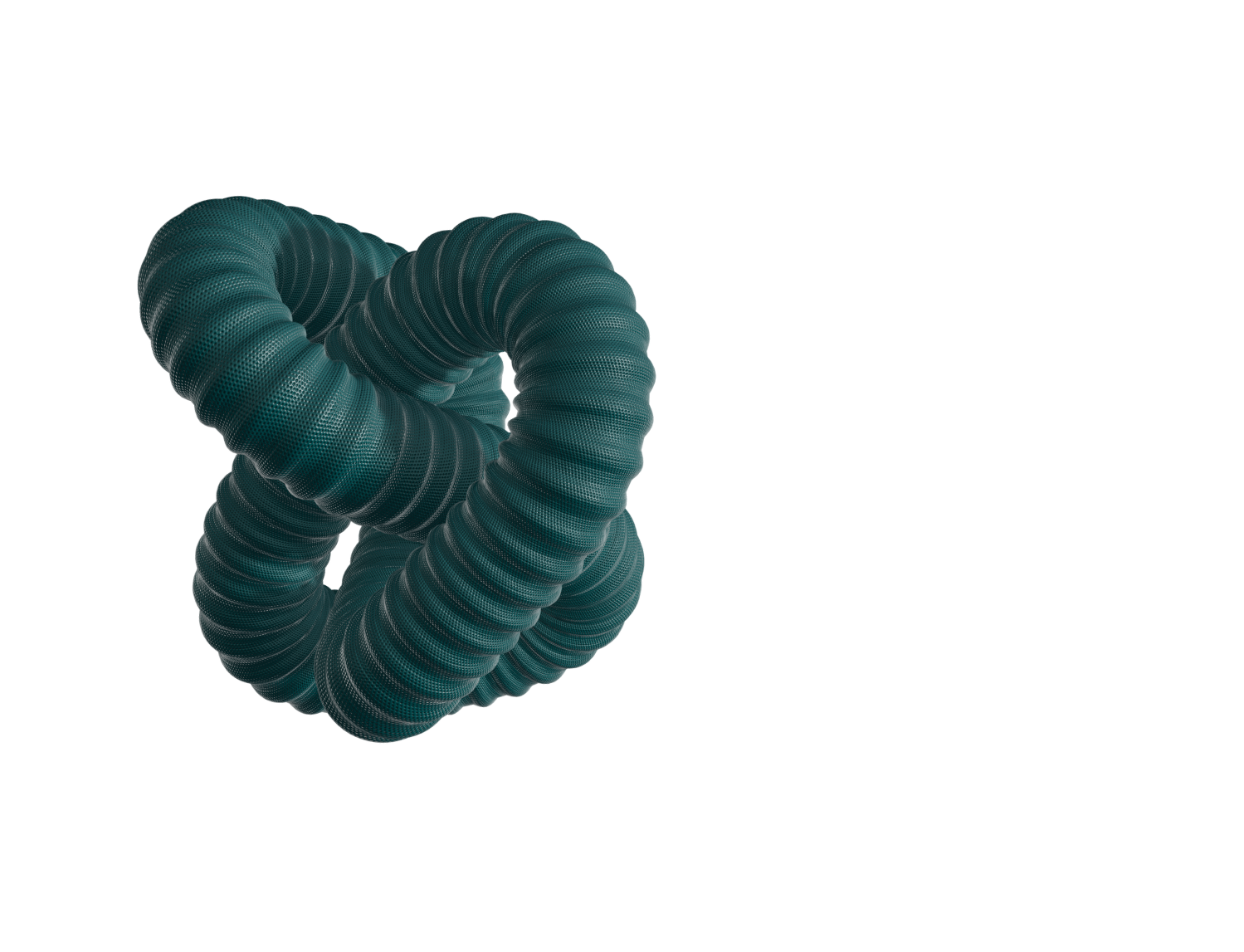
are also some
of the most
poorly
designed, least
innovative
objects out
there.
they’re
primitive.
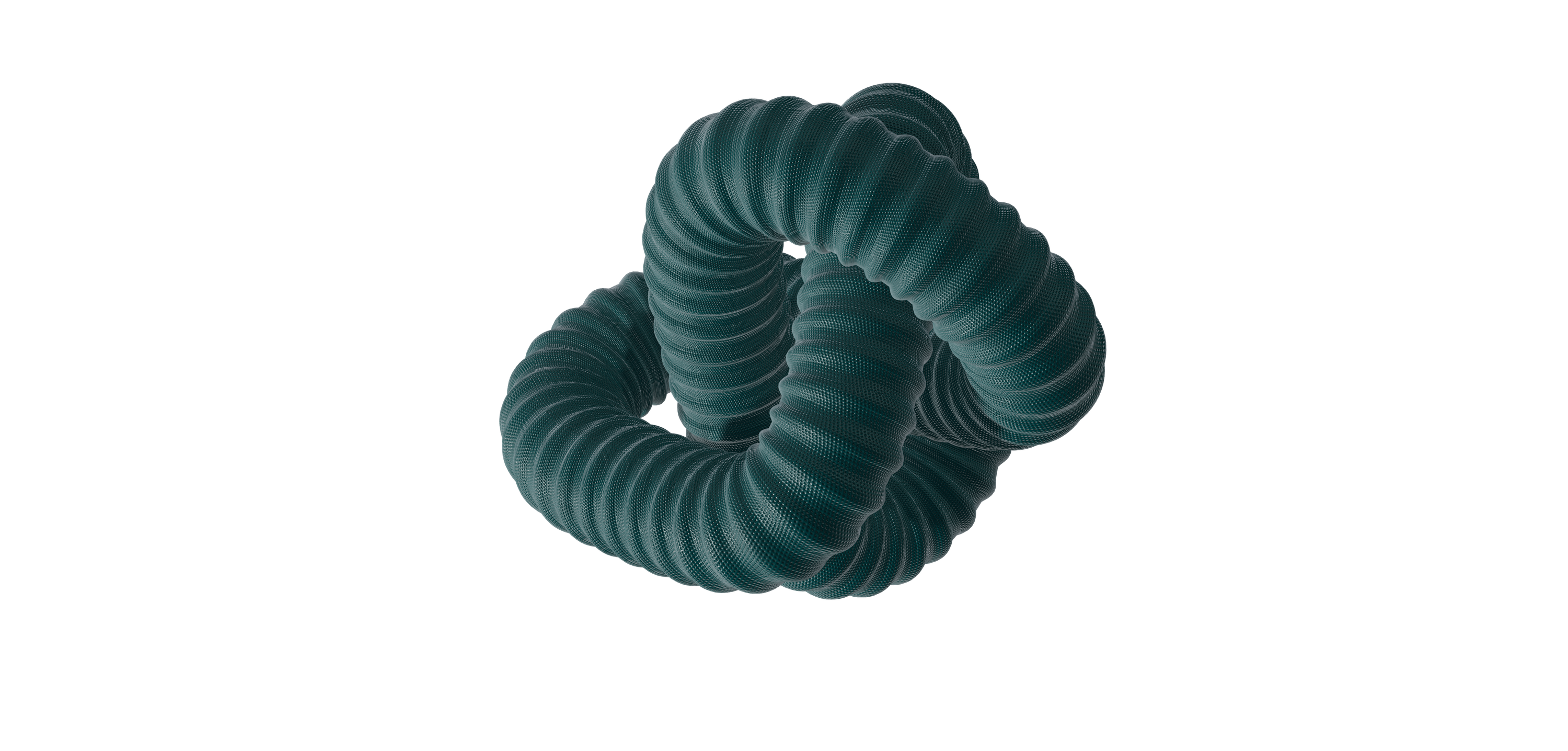
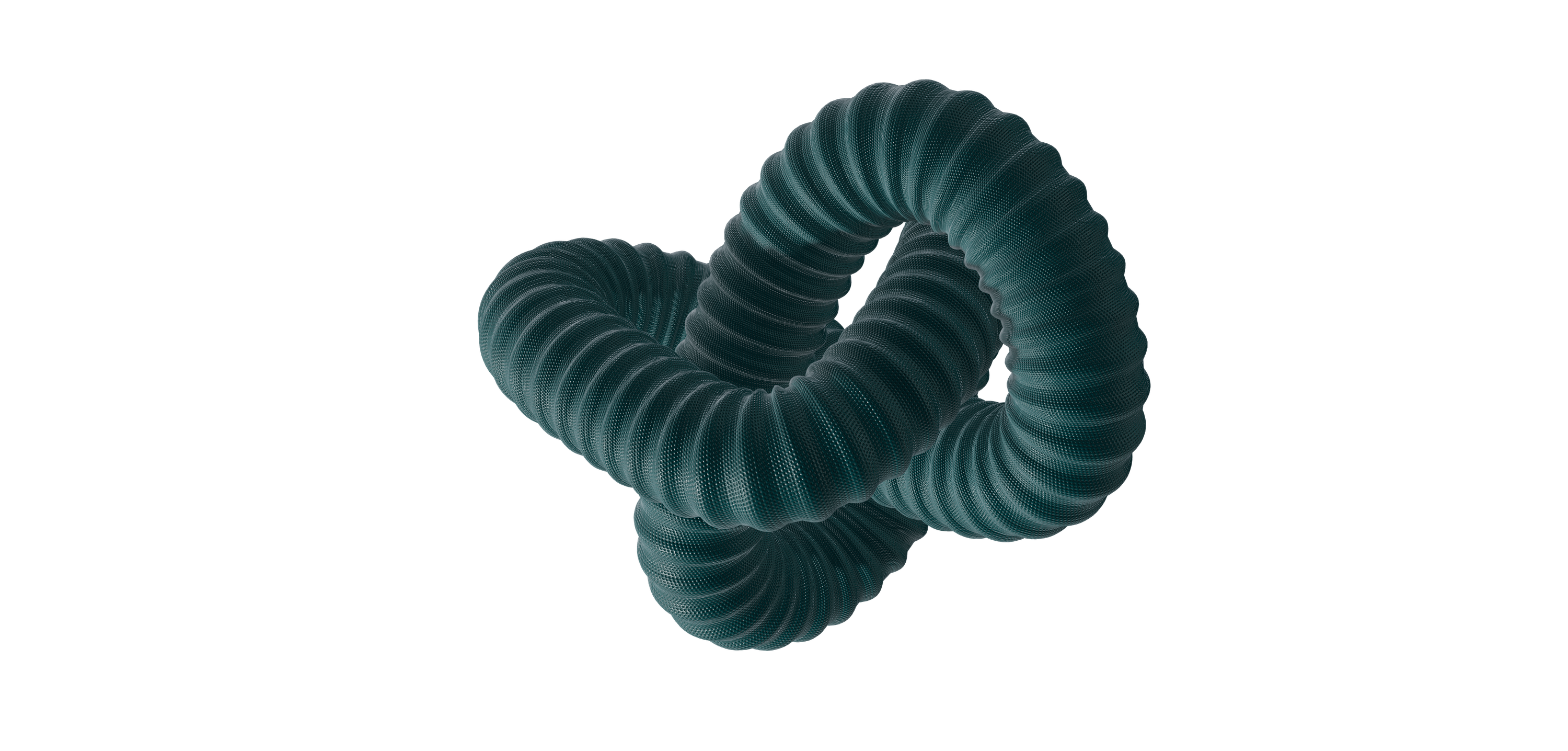
An article of clothing or
an accessory is made using
the same materials and
methods that have been
around for ages.
A t-shirt
remains just a surface on
our skin and a bag is just a
surface to carry objects.
Since products are all
fundamentally primitive,
brands do strange things
to stand out, they try
everything from
outlandish marketing
campaigns to skinning
exotic animals.
The worst part is that it
has worked. Fashion
products lack deep tangible
value, so brands have made
sure we’re happy with a
superficial world of frills
and gimmicks.
HAPPEN?
LIKE ART
JUST LIKe ART
evolved from the works
of old masters to
increasingly abstract
contemporary pieces.
to achieve greatness, they must
break new ground.



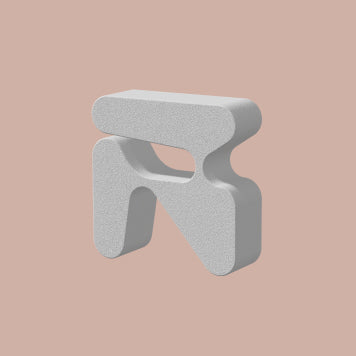

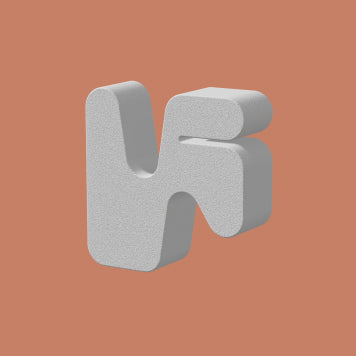
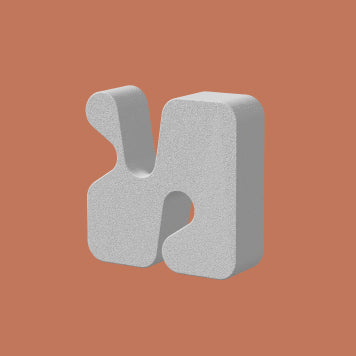
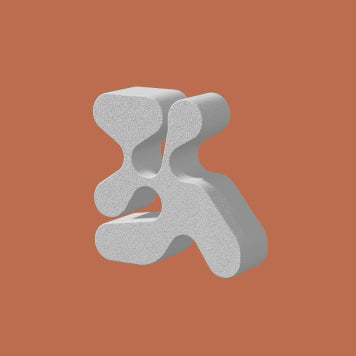
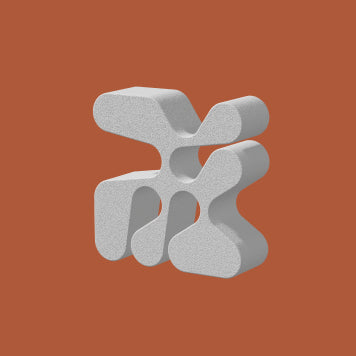
thought, and evoke emotions, there
needs to be a degree of novelty, and it’s this quest for novelty that has driven
the evolution of art.
Every artist understands that to achieve
greatness, they must break new ground.
To captivate audiences, provoke thought, and
evoke emotions, there needs to be a degree of
novelty, and it's this quest for novelty that
has driven the evolution of art.

From
paintings
of the real
world







From
paintings
of the real
world



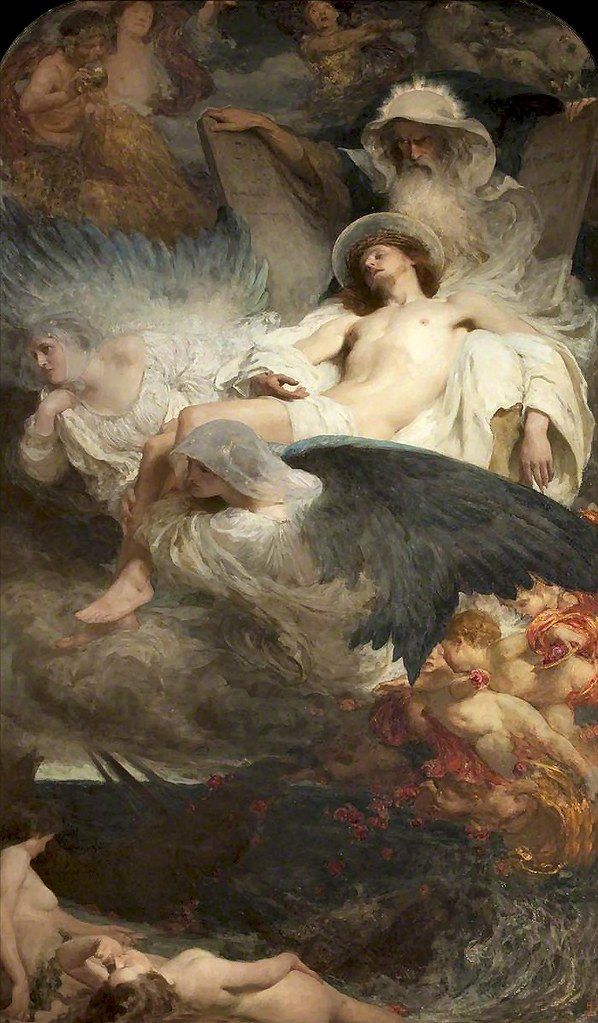
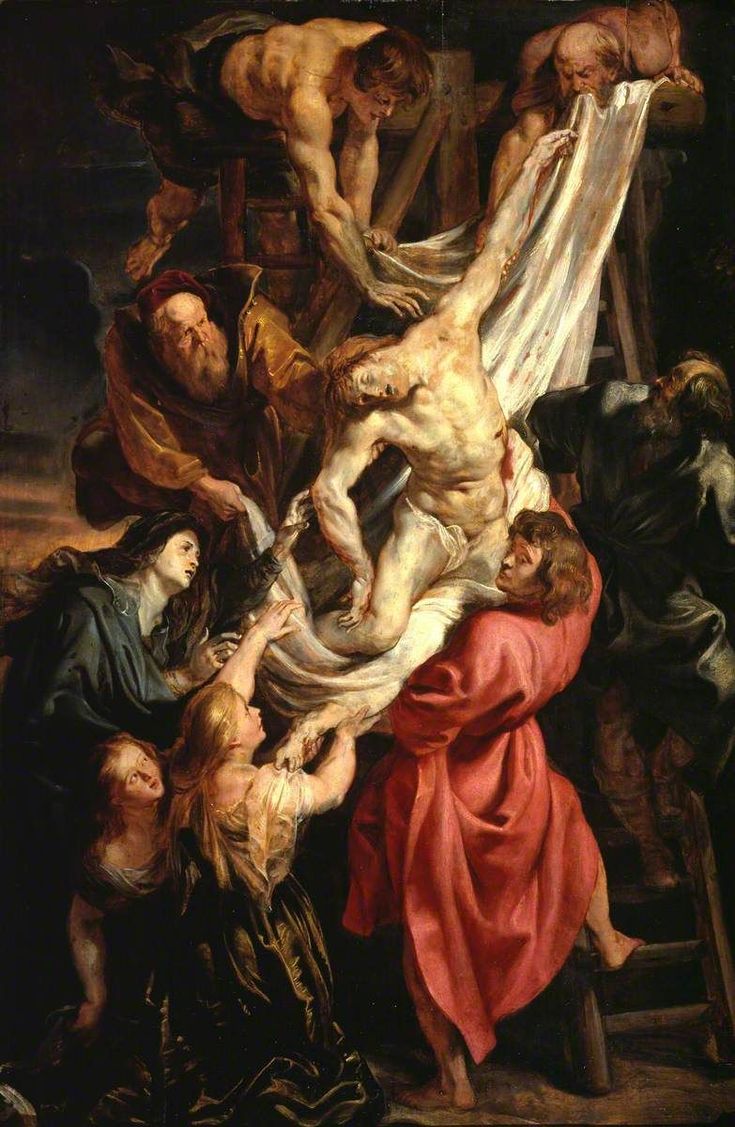
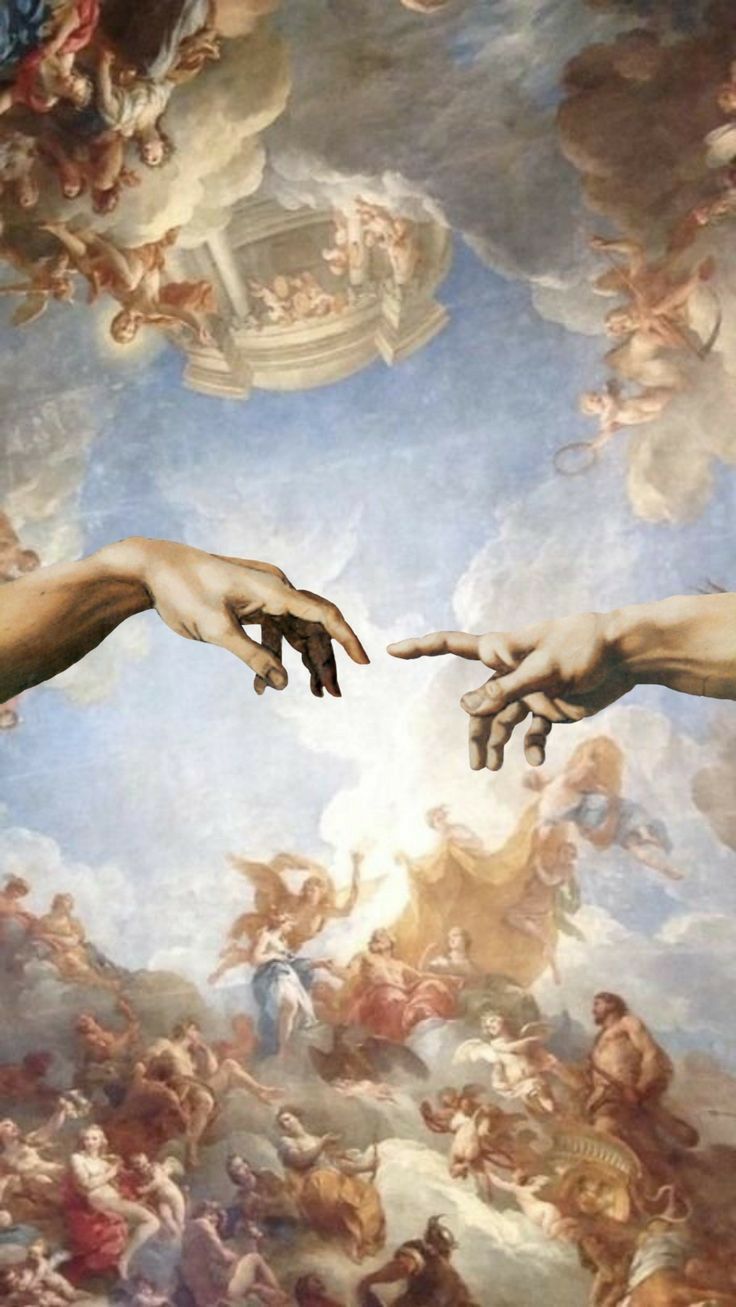
To the imaginary
world painted during
the Renaissance.
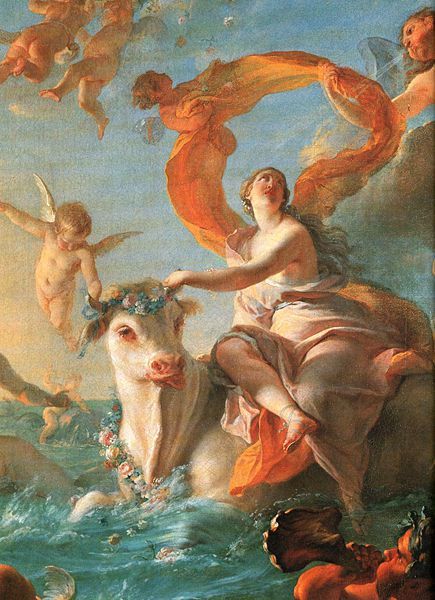
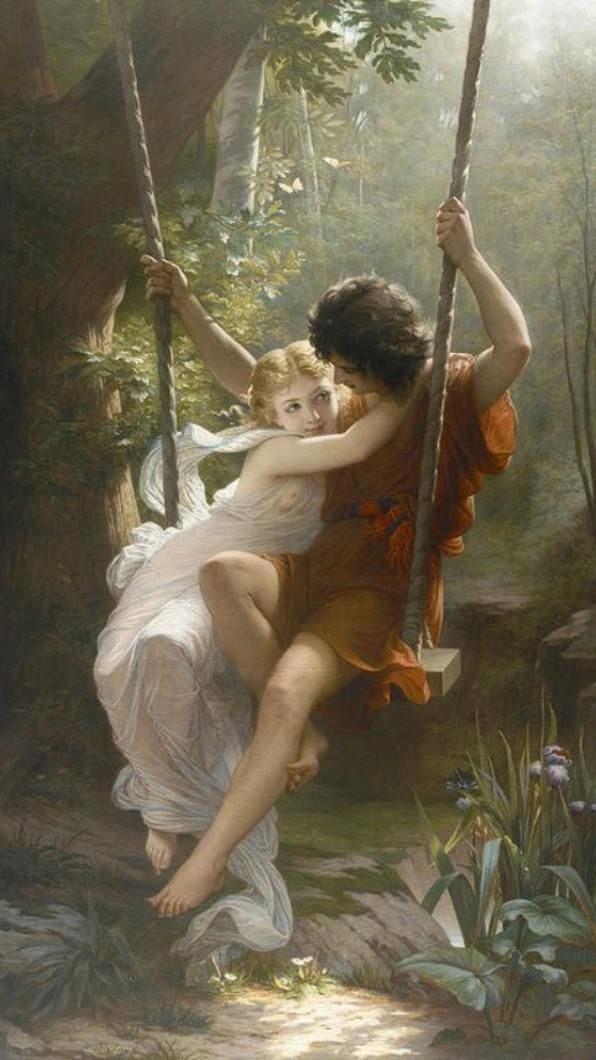
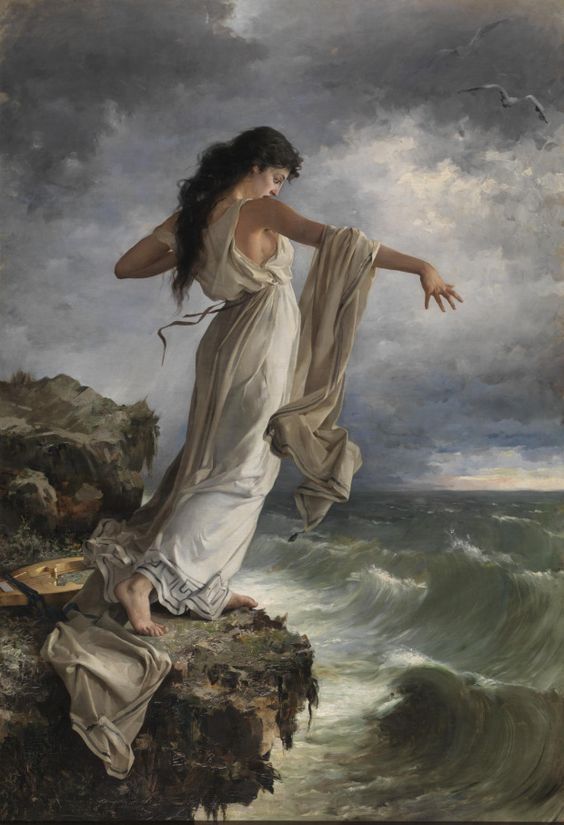
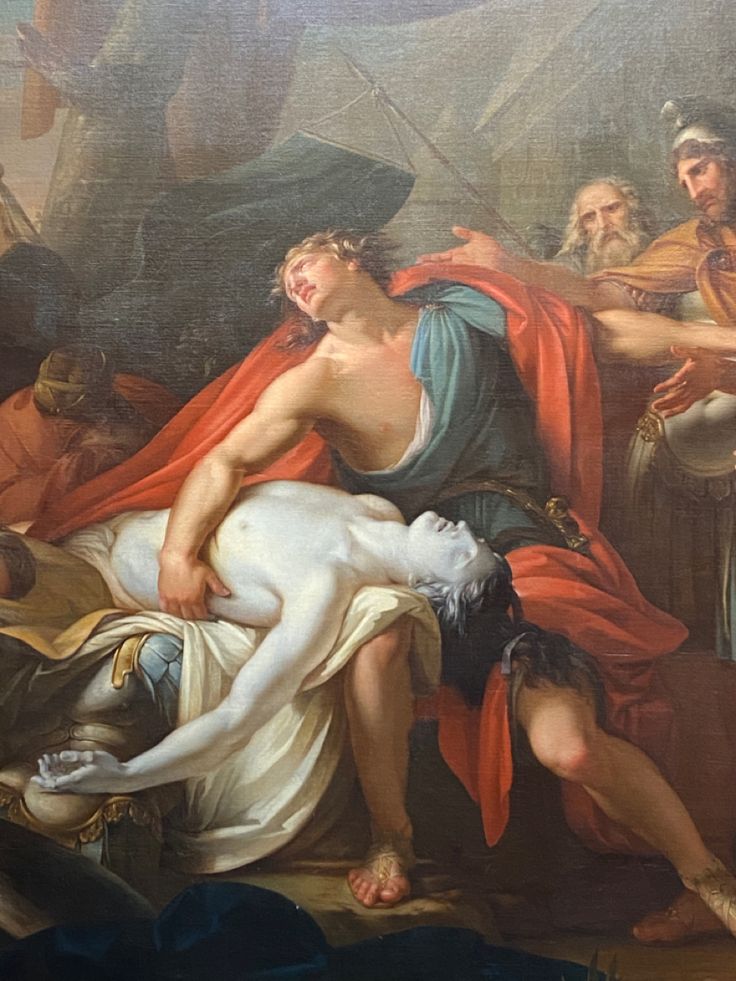
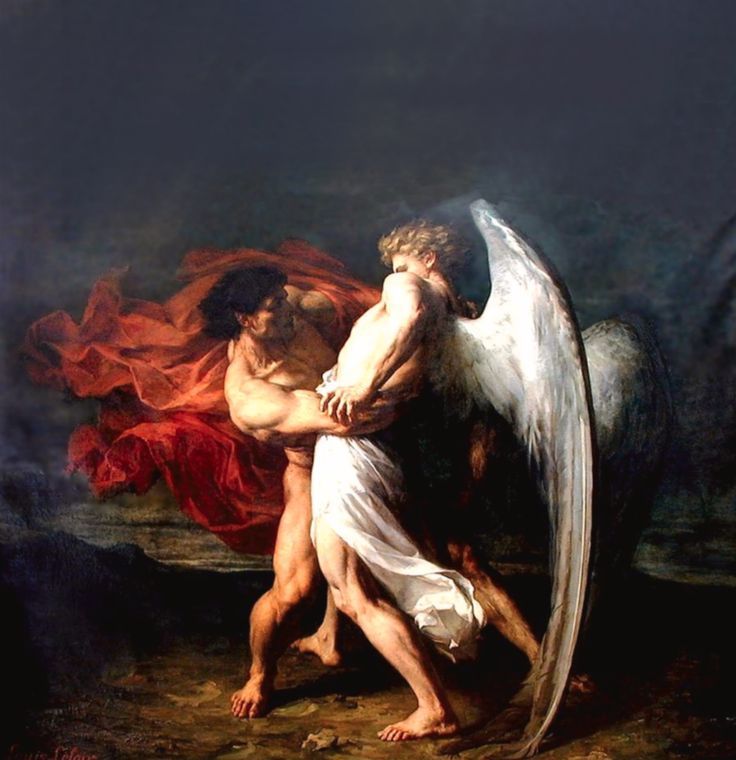
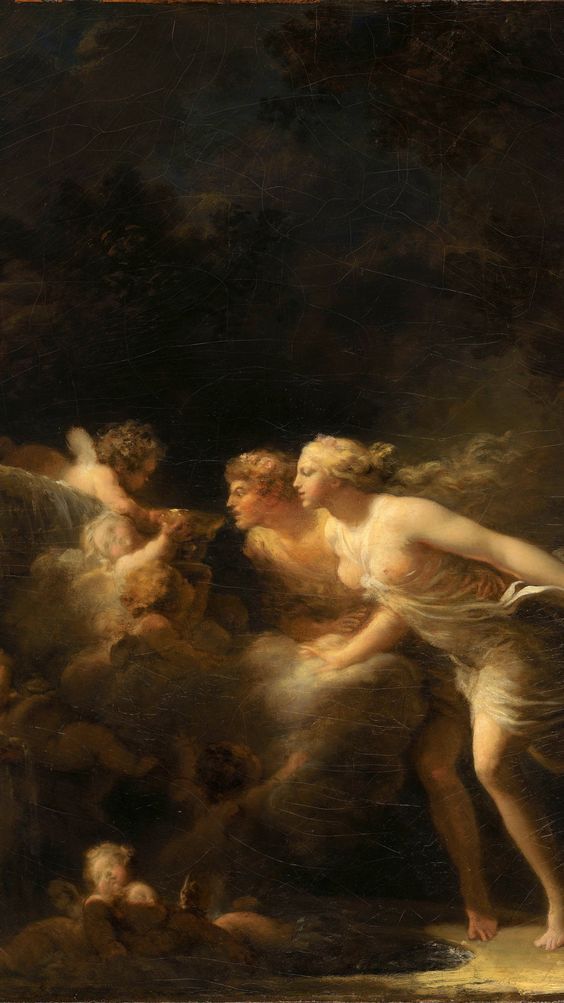
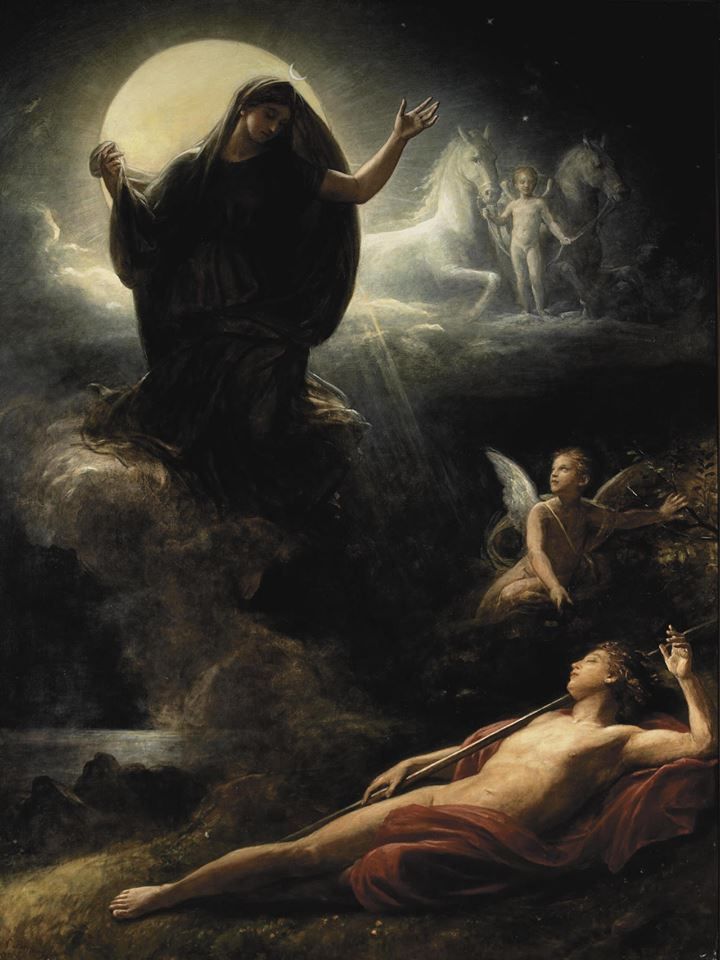

world painted during
the Renaissance.


imaginary worlds have been
thoroughly explored, what
remained for the artist? How
could they break new ground?


that emphasized the
personal perception of
the artist.



worlds have been thoroughly explored, what
remains for the artist? How can they
break new ground?


Paintings that
emphasized the
personal perception
of the artist.


quest for novelty, art kept evolving.





unending quest for novelty, art kept evolving.
abstraction happened because artists were
constantly driven to create novelty within
the confines of this box. By being forced to
innovate for centuries, on the same limited
medium, with the same tools, artists
inevitably moved to the bizarre to keep the
novelty alive. This has created a self-
perpetuating, self-contained world of
critics, connoisseurs, and artists that’s far
removed from the rest of the world.
The
same thing
is happening
with fashion.
An Ostrich or an alligator skin bag is like
abstract art. They exist because the canvas
and tools of fashion are limited. With
limited advancements in materials and
manufacturing techniques, fashion products
are primitive and have to rely on skin-deep
novelty to remain relevant.

How do we bring in innovation, make it more
useful and practical, and yet not lose the allure
and beauty, or even the novelty of fashion?
happening with
fashion.

is like abstract art. They exist
because the canvas and tools of
fashion are limited. With limited
advancements in materials and
manufacturing techniques,
fashion products are primitive
and have to rely on skin-deep
novelty to remain relevant.
How do we bring in innovation,
make it more useful and
practical, and yet not lose the
allure and beauty, or even the
novelty of fashion?
HAUTE
PRODUCT
COUTURE
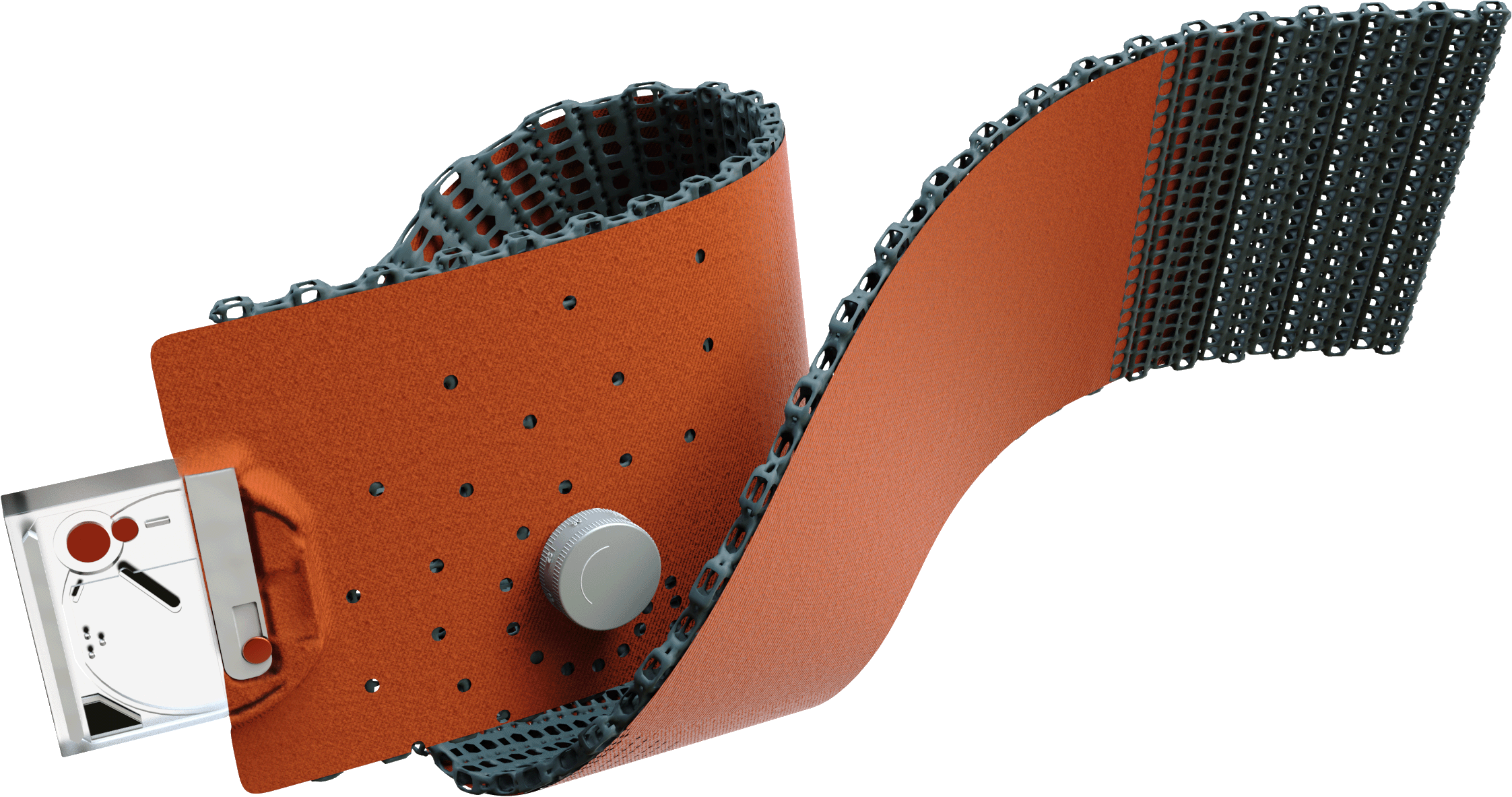
If Haute Couture represents the apex of traditional fashion,
Product Couture is its reimagining.
It's fashion that marries the
artistry of fashion with advances in industrial design and
precision engineering. Its essence as true couture lies in its
profound dedication to the user experience.
Imagine objects of fashion
created not just for novelty or
to capitalize on the latest
trends, but designed with you,
the individual, at the heart,
built around your interactions
with the product. Fashion
products designed with the
same thoughtful approach
that’s evident in your favorite
gadgets or the best appliances.
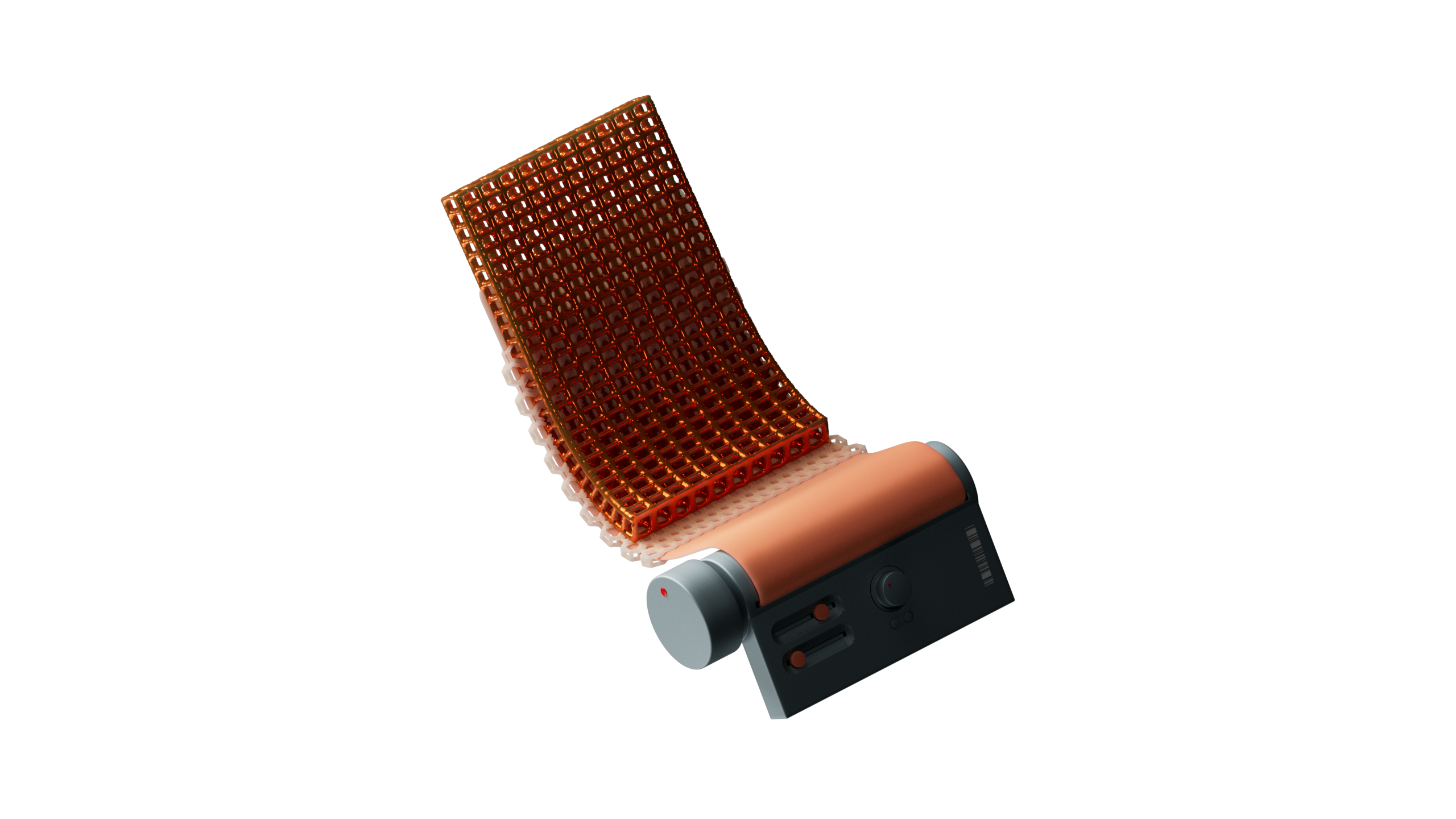
IT’S
ALL
ABOUT
YOU
Imagine objects of fashion designed
specifically for you, built around your
interactions with the product, rather than
simply chasing the latest trends or seeking
novelty. Imagine fashion products that are
designed with the same thoughtful approach
that’s evident in your favorite gadgets or
amazing appliances.
what’s meaningful for YOU. (While still being fashionable, of course)
expectations, it’s a new standard that drops
seasons for timelessness and bling for
breakthroughs. It exists because we realise
that the bare minimum coated with branding
just doesn’t cut it. It demands that every
object be ingenious, innovative, and incredible.
It’s where product design is absolute.

must, by necessity, create great products.
Charcoal lives by this.
from us to you, for you.
